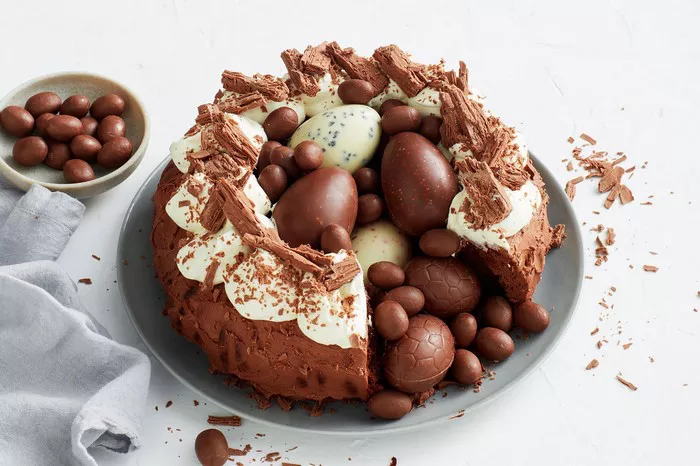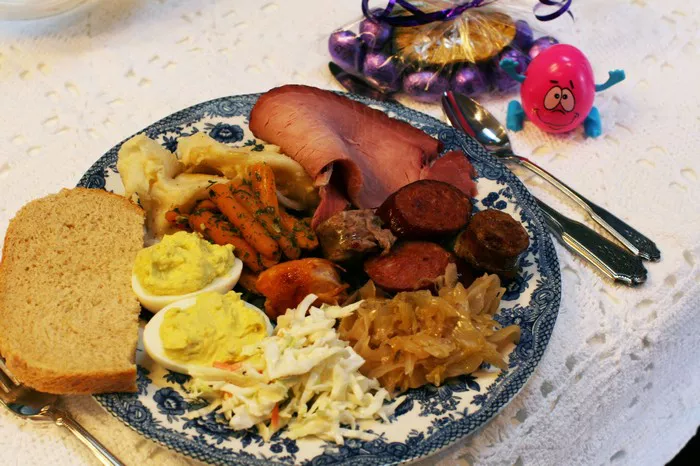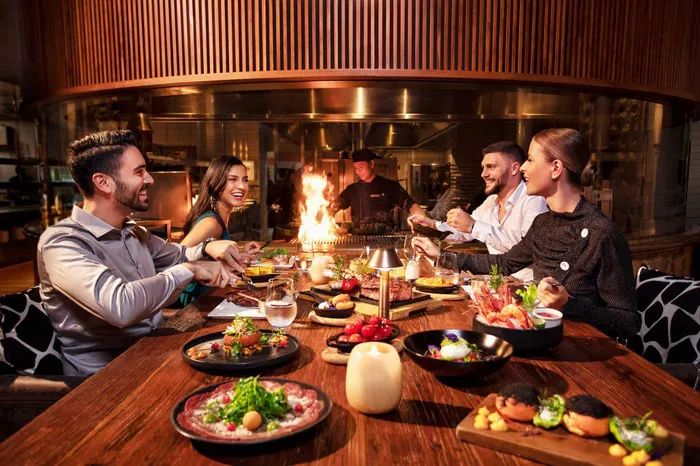Desserts are a delightful way to round off a delicious meal, and different cultures around the world have their own unique and scrumptious treats. But, when it comes to the most famous dessert in the world, there is one that stands out above the rest and has captured the hearts and taste buds of people from all walks of life. Let’s delve into the realm of desserts and discover the iconic sweet treat that has achieved global acclaim and admiration.
The Sweet Journey of Desserts: A Global Phenomenon
Desserts have a rich history that dates back thousands of years. The ancient Egyptians were among the first to indulge in sugary delights, making sweet confections with honey, fruits, and nuts. As trade and cultural exchange flourished, various regions adopted and adapted these treats, creating an extensive array of mouthwatering desserts worldwide.
The Chocolate Revolution: Birth of an Icon
Among the vast assortment of desserts, chocolate emerged as a game-changer and an unrivaled sensation. Its origins can be traced back to ancient Mesoamerican civilizations, where cacao beans were transformed into a bitter beverage. However, it wasn’t until the Spanish conquistadors brought chocolate to Europe that it underwent a transformation, adding sugar and milk to create the delectable and addictive treat we know today.
Chocoholic’s Paradise: The Enduring Appeal of Chocolate
From Europe, chocolate quickly spread across the globe, captivating taste buds everywhere. The smooth and velvety texture, coupled with its rich, deep flavor, made it an instant favorite. Chocolate became a symbol of indulgence, luxury, and pleasure, and it found its way into countless forms, from bars and truffles to cakes, pastries, and ice creams. As global trade expanded during the colonial era, chocolate’s popularity soared, making it a dessert loved by people from all continents.
Beyond Borders: Universal Love for Chocolate
One of the most remarkable aspects of chocolate’s fame is its universality. No matter where you go, you are likely to find someone who appreciates the delightful taste of chocolate. Whether it’s the traditional hot chocolate enjoyed in South America, the creamy Swiss chocolate bars, or the exquisite Belgian pralines, each culture has added its unique touch to this beloved treat. The versatility of chocolate has allowed it to seamlessly blend into various cuisines and become a symbol of cultural fusion.
A Cultural Icon: Chocolate in Different Cuisines
In Western cultures, chocolate has become a quintessential ingredient in desserts, and numerous iconic treats owe their existence to this delectable delight. Think of the classic chocolate cake, a staple in celebrations and family gatherings, or the ever-popular chocolate chip cookies that offer comfort in each bite. In the United States, chocolate even has its holiday in October, aptly named National Chocolate Day.
In South America, the roots of chocolate are deeply intertwined with ancient traditions. The Mayans and Aztecs believed that cacao had divine properties, and its consumption was reserved for special occasions. Today, countries like Mexico cherish their heritage by crafting rich and spicy chocolate beverages like champurrado, combining cocoa with cinnamon and chili for an unforgettable experience.
Europe’s Love Affair with Chocolate
Europeans have elevated chocolate-making to an art form. Switzerland, renowned for its high-quality chocolate, has a long-standing history of producing some of the world’s finest chocolate brands. Their meticulous attention to detail and commitment to excellence have earned Swiss chocolate its stellar reputation worldwide.
Meanwhile, Belgium, another European chocolate paradise, is famous for its pralines and truffles. With a wide range of flavors and fillings, Belgian chocolates are a delightful delicacy loved by many around the globe.
Asian Delicacies: Chocolate with a Twist
In Asia, chocolate has been embraced and reimagined in unique ways. Japan, for example, has its version of chocolate-coated snacks known as Pocky sticks, which are thin biscuit sticks covered in a variety of chocolate flavors. These treats have become a global phenomenon and a favorite among people of all ages.
Africa’s Emerging Chocolate Scene
While chocolate has deep roots in Central and South America, Africa has played a significant role in its production. Many African countries are leading cocoa producers, and some are now venturing into the world of chocolate-making. With an increasing number of artisanal chocolate makers emerging from the continent, Africa’s chocolate scene is set to leave its mark on the global stage.
Chocolate Tourism: A Journey for the Senses
The worldwide obsession with chocolate has led to the rise of chocolate tourism, where enthusiasts can embark on mouthwatering adventures to visit cocoa plantations, chocolate factories, and specialty shops. Destinations like Switzerland, Belgium, and Ecuador have become popular choices for chocoholics seeking to immerse themselves in the magical world of chocolate-making.
Conclusion
Chocolate’s journey from a bitter beverage to an international sensation is a testament to its enduring allure. As the world continues to evolve, so will our love for this cherished dessert. With an increasing focus on sustainability and conscious consumption, the chocolate industry is likely to adapt and innovate to meet the demands of the future.
In conclusion, chocolate undoubtedly holds the title of the most famous dessert in the world. Its rich history, cultural significance, and unmatched versatility have allowed it to transcend borders and become a beloved treat enjoyed by people from all corners of the globe. From the ancient civilizations of Mesoamerica to the modern-day chocolate factories in Europe, Asia, and beyond, the sweet journey of chocolate continues to captivate and delight generations, leaving a trail of happiness in its wake. So, the next time you savor a piece of chocolate, take a moment to appreciate the centuries of craftsmanship and cultural exchange that have contributed to this iconic and irresistible dessert.
























